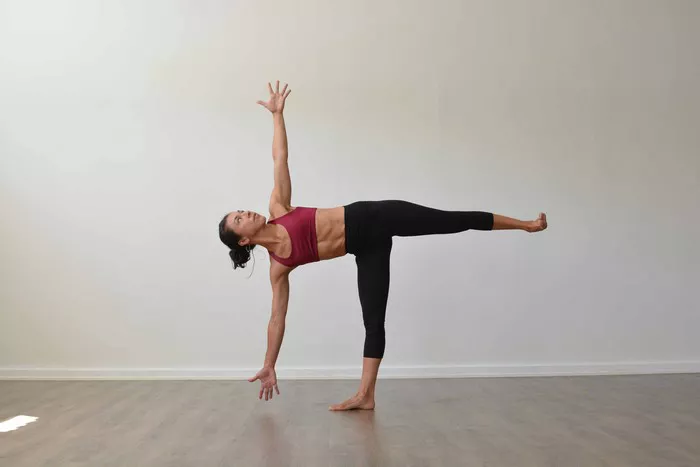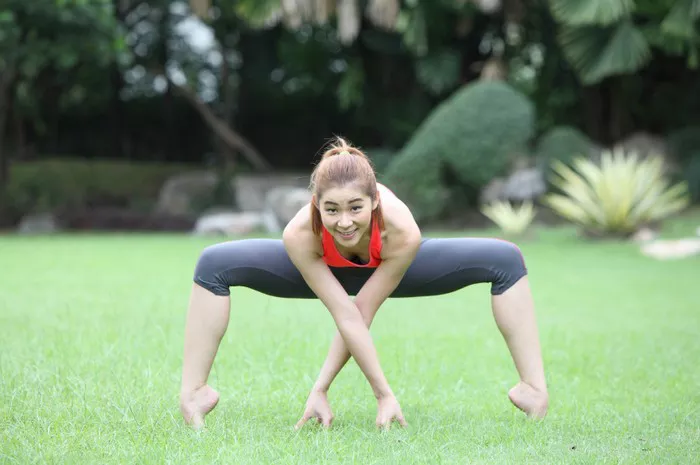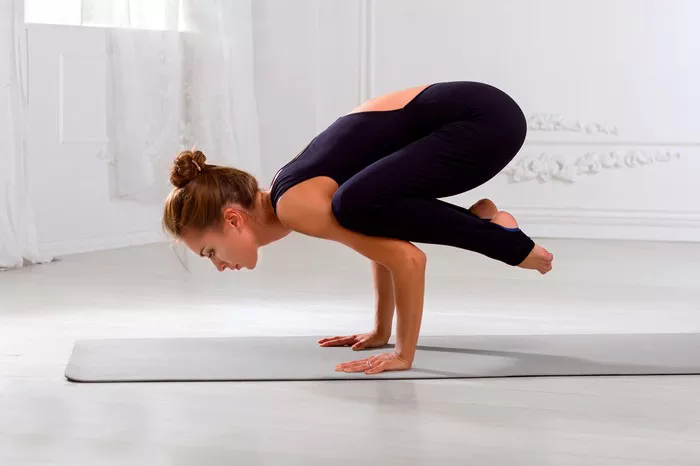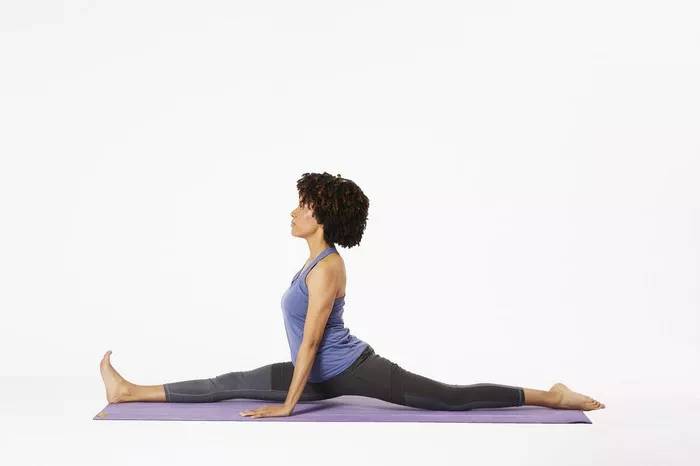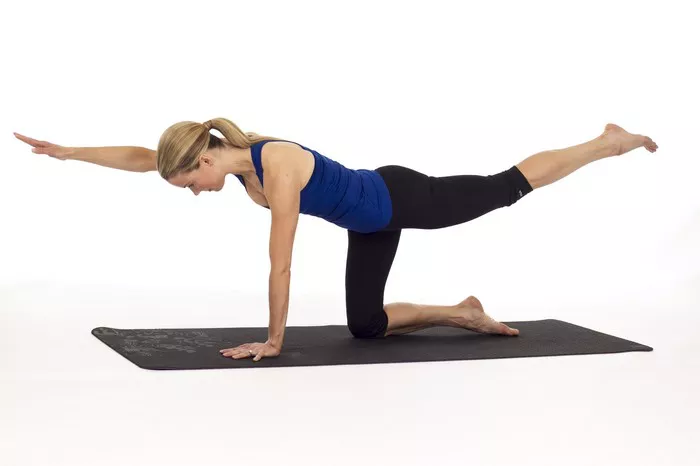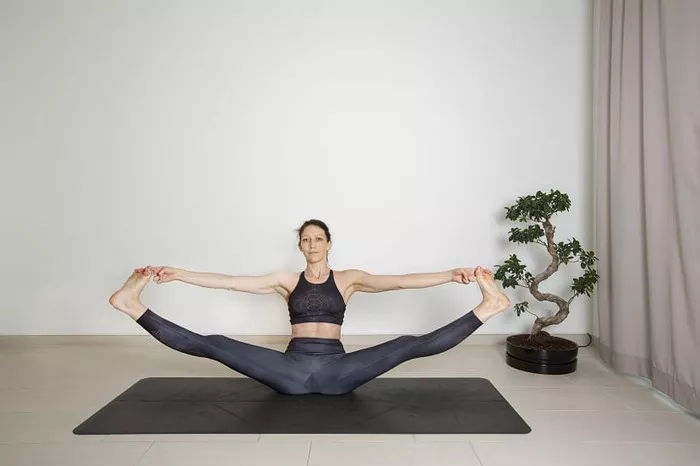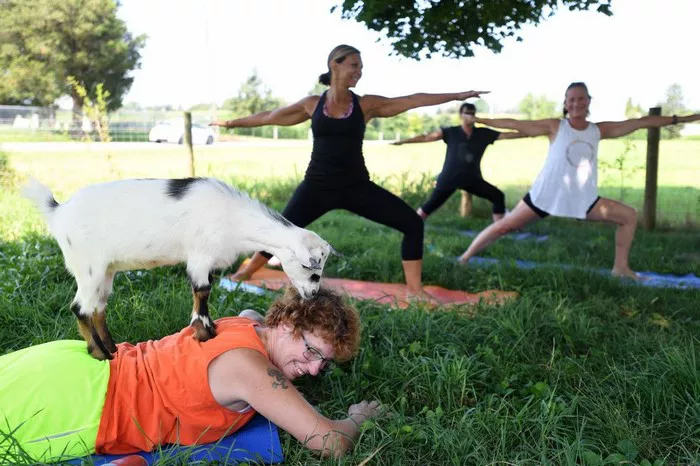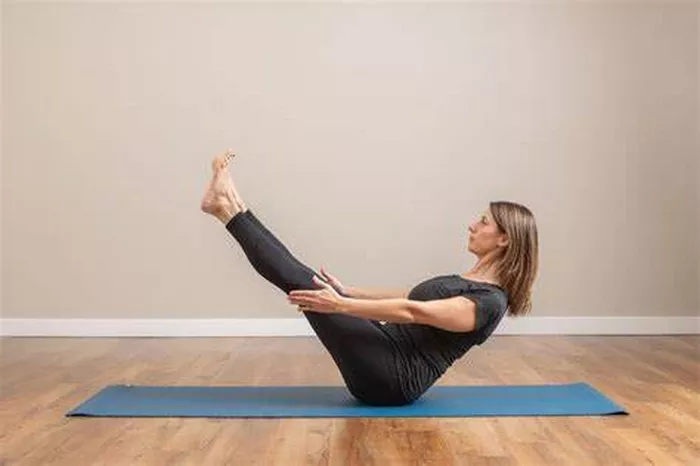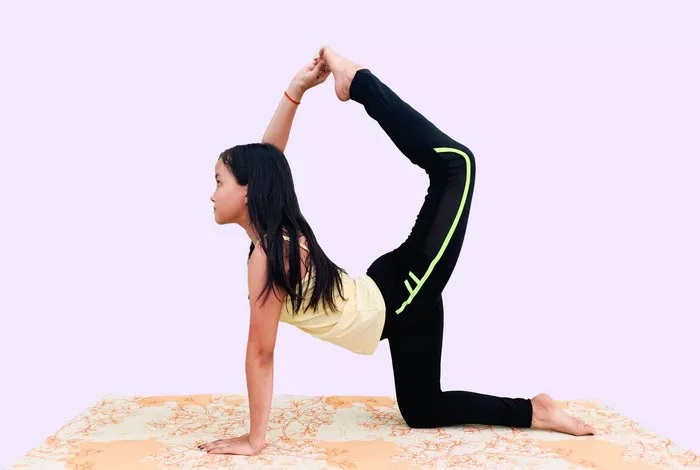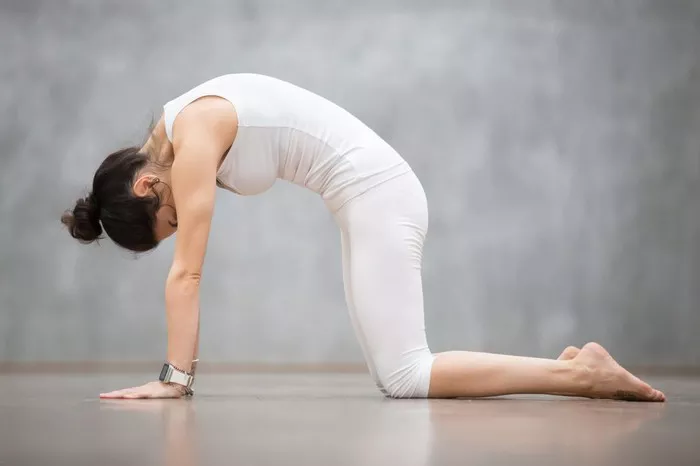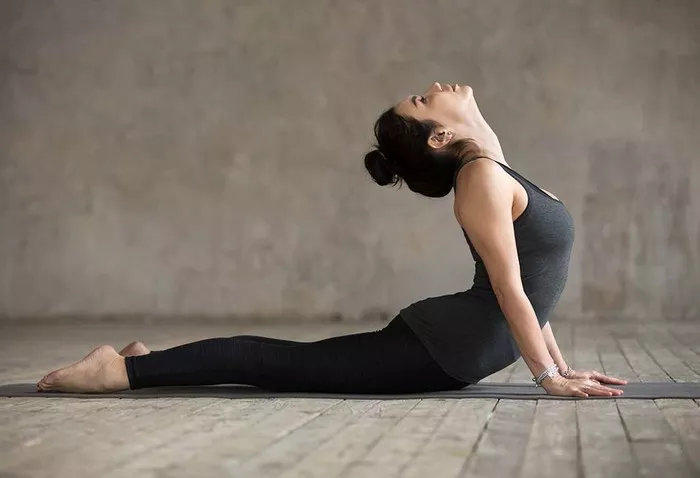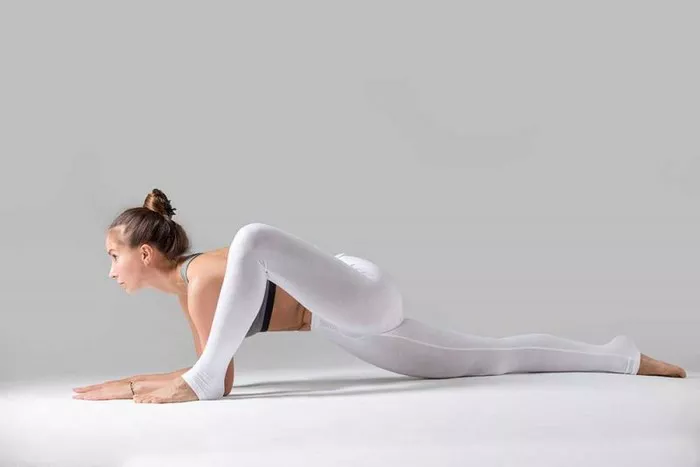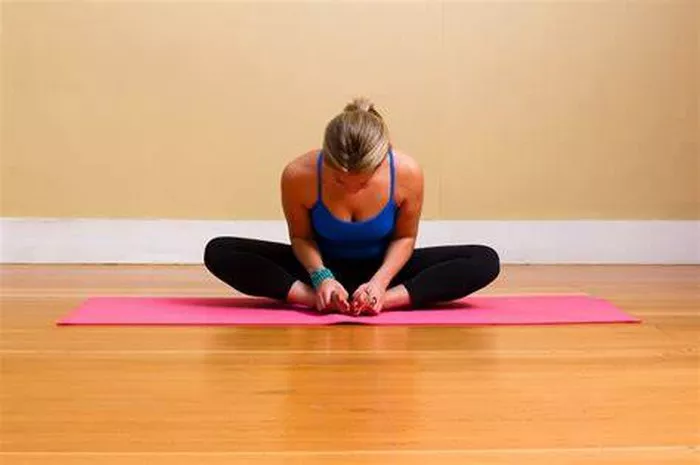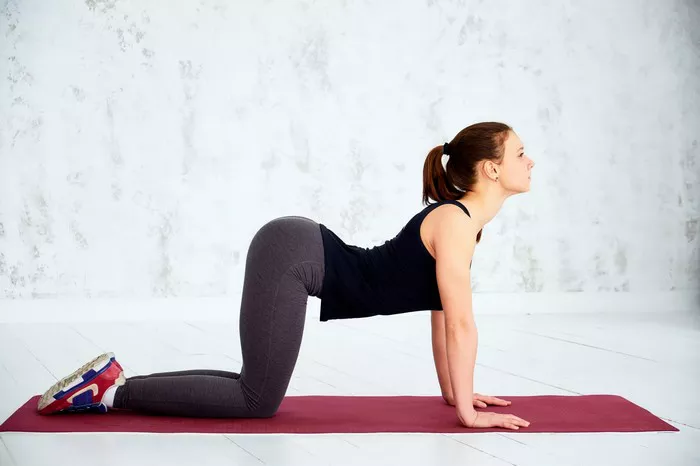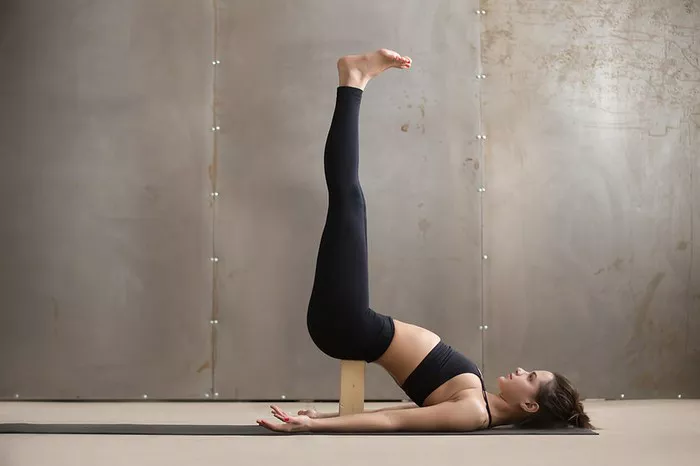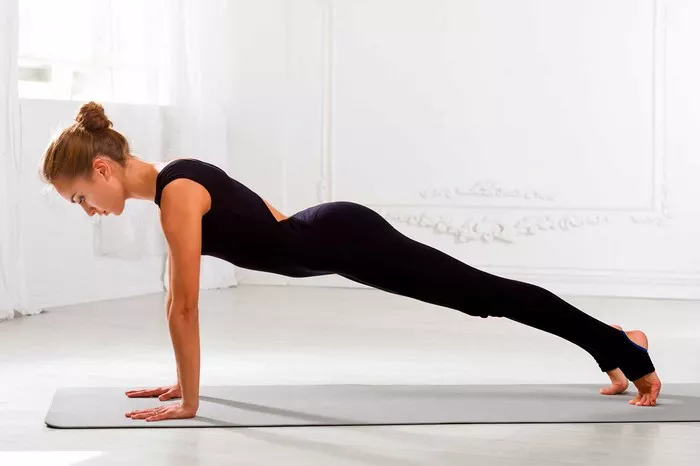Bird of Paradise Yoga, also known as Svarga Dvijasana, is a challenging yet highly rewarding pose in the world of yoga. It is a beautiful combination of balance, flexibility, strength, and focus. The pose itself is striking, resembling a bird in flight, and its effects on both the body and mind are profound. However, for many practitioners, the question arises: Is Bird of Paradise yoga hard?
In this article, we will dive deep into the complexities of Bird of Paradise yoga, breaking down its components and exploring why it is considered difficult for some practitioners. Additionally, we will look at ways to overcome these challenges and develop a deeper understanding of the benefits and learning process involved in mastering this pose.
What Is Bird of Paradise Yoga?
Before we delve into the question of whether Bird of Paradise yoga is hard, let’s first understand the pose itself. Svarga Dvijasana translates to “Bird of Paradise Pose” in Sanskrit. It is a standing balance pose that requires flexibility in the hips, hamstrings, and shoulders, as well as strength and stability in the core and legs. The pose involves a deep forward fold, a twist, and balancing on one leg while lifting the other leg into the air.
Here’s a step-by-step breakdown of how to get into the Bird of Paradise pose:
Start in a standing position. Begin by standing tall with your feet hip-width apart and grounding your weight evenly through both feet.
Forward Fold: Begin by folding forward, bringing your chest towards your thighs, and grabbing the big toe of one foot with your hand. You can either bend the knee or keep it straight depending on your flexibility.
Twist and Open: As you hold the toe, twist your torso, and begin to open your chest toward the sky. You will now be facing one side of the room, with your torso facing outward and the hand holding the toe pulling the leg outward as well.
Lift the Leg: With one leg balanced on the ground, you will start to lift the opposite leg off the floor. Keep the lifted leg extended and straight.
Balance: The key challenge here is balance. You need to stabilize your body by engaging the core and keeping your focus, all while maintaining the twist and lifting your leg high.
Final Pose: Eventually, you want to bring the lifted leg fully upright and extend it in a straight line while your other leg is rooted into the ground. The arms remain engaged, and the torso opens to fully reflect the form of a bird in flight.
Now that we understand the pose, let’s address the most common question: Is it hard?
Factors That Make Bird of Paradise Yoga Challenging
While Bird of Paradise is undoubtedly a beautiful and graceful pose, it’s not considered easy for many practitioners. The complexity of the pose lies in the combination of balance, flexibility, strength, and coordination. Let’s explore each of these aspects in more detail:
1. Balance and Stability
Balance is one of the core challenges in Bird of Paradise yoga. Unlike some other poses where you have both feet on the ground, this pose requires you to balance on one leg while twisting and extending the other. This requires a great deal of focus and coordination to maintain the posture without falling over.
To successfully hold the pose, you must engage the muscles of your standing leg—particularly the quadriceps, calves, and glutes. Additionally, the core muscles must be activated to prevent the torso from collapsing forward or to the side. The lifted leg adds another layer of difficulty, as you must maintain control while keeping it elevated.
2. Flexibility in the Hips and Hamstrings
In order to properly enter the Bird of Paradise pose, flexibility in the hips and hamstrings is essential. The forward fold at the beginning of the pose demands a significant amount of hamstring flexibility, and the twist that follows asks for both hip and spinal flexibility.
If your hamstrings are tight, it can be challenging to fold deeply enough to grab the toe of the lifted leg, which compromises the foundation of the pose. Similarly, tight hips or a stiff lower back can prevent you from twisting fully, limiting the depth and fluidity of the movement.
3. Shoulder Flexibility and Strength
Reaching one arm down to grab the big toe while twisting requires significant shoulder mobility and strength. Many practitioners find that the shoulder muscles, particularly in the rotator cuff, can feel tight or restricted when they attempt to hold the pose. The flexibility in the shoulder is necessary for keeping the chest open while holding the leg in a wide stance.
Additionally, the arm that holds the foot must be strong enough to maintain the grip and keep the leg lifted while the torso and other leg remain balanced. Strength in the shoulders and upper body is necessary to prevent the pose from feeling unstable or overly taxing.
4. Core Strength
The core is the anchor of this pose. Engaging the abdominal muscles helps to stabilize the entire body, especially when lifting the leg and twisting the torso. Without strong core engagement, you risk losing balance or creating an inefficient structure in the pose, making it much harder to hold.
5. Mental Focus and Patience
Yoga poses often require a great deal of mental focus. Bird of Paradise is no exception. You must focus intently on the alignment of your body, the balance on your standing leg, and the breath moving through you. The mind-body connection in this pose is vital to holding the posture effectively.
At times, the pose may feel impossible, especially if you don’t have the flexibility or strength required. However, patience and persistence are key in overcoming this mental block and improving in the pose.
Progressing Toward Bird of Paradise
If you’re finding Bird of Paradise yoga hard, you’re not alone. Many practitioners struggle with this pose, especially when first attempting it. However, like most yoga poses, it’s important to approach it with patience and to work on the preparatory poses that will help you build the strength, flexibility, and balance required for success.
1. Work on Flexibility
If tight hamstrings or hips are hindering your ability to perform Bird of Paradise, spend time working on hamstring and hip openers. Poses like Forward Fold (Uttanasana), Wide-Legged Forward Fold (Prasarita Padottanasana), and Pigeon Pose (Eka Pada Rajakapotasana) can help increase the flexibility in your lower body.
You can also incorporate stretches that focus on shoulder mobility, such as Shoulder Opener poses or stretches involving a yoga belt to facilitate deeper shoulder stretches.
2. Build Core Strength
A strong core is essential to maintaining stability in Bird of Paradise. Engage in exercises that target the core muscles, such as Plank Pose (Phalakasana), Boat Pose (Navasana), and various twists. Strengthening the core will make balancing and stabilizing your body much easier when you lift the leg.
3. Practice Standing Balance Poses
To improve your balance, practice poses like Tree Pose (Vrksasana), Warrior III (Virabhadrasana III), and Eagle Pose (Garudasana). These poses will help you build strength and awareness in the standing leg, making it easier to balance when performing Bird of Paradise.
4. Gradual Progression
Rather than trying to jump straight into the full pose, start by working on parts of the Bird of Paradise sequence. Begin with the forward fold and twist, holding the leg with one hand, and then gradually progress to balancing with both hands on the foot. As your flexibility and balance improve, you can work towards lifting the leg fully and extending it upright.
5. Breath and Focus
Breathing deeply and staying focused is vital in any yoga pose, but it is especially important in complex postures like Bird of Paradise. The breath helps to calm the mind and bring clarity to the body’s movements. Work on breathing through the pose, maintaining a steady, calm breath to center your focus and remain in the moment.
The Benefits of Bird of Paradise Yoga
Despite its challenges, Bird of Paradise offers a wealth of benefits. Some of these benefits include:
Increased flexibility: Through deep forward folding, twisting, and opening the hips, this pose helps to improve flexibility in the hamstrings, hips, and shoulders.
Strengthened legs and core: The standing leg and core are engaged throughout the pose, building strength and stability.
Improved balance: Regular practice of Bird of Paradise enhances balance and coordination, both of which are crucial in many other yoga poses and daily activities.
Mind-body connection: The pose requires intense focus and concentration, helping to improve the mind-body connection and cultivate mindfulness.
Spinal health: The twisting motion of Bird of Paradise supports spinal mobility and can help alleviate tension in the lower back.
Conclusion
Is Bird of Paradise yoga hard? For many practitioners, yes, it can be. The pose requires a combination of flexibility, strength, balance, and mental focus. However, with dedication, patience, and regular practice, it is absolutely achievable. By breaking down the pose into manageable steps, working on foundational strength and flexibility, and staying persistent, you will eventually find yourself soaring into this beautiful and rewarding pose.
Remember, yoga is not about achieving a perfect pose; it’s about the journey and the process of growth. With consistent effort, you’ll not only master Bird of Paradise but also build resilience, patience, and a deeper understanding of your body’s potential. Keep practicing, stay curious, and trust the process—you’re closer to flying than you think!
Related Topics:

